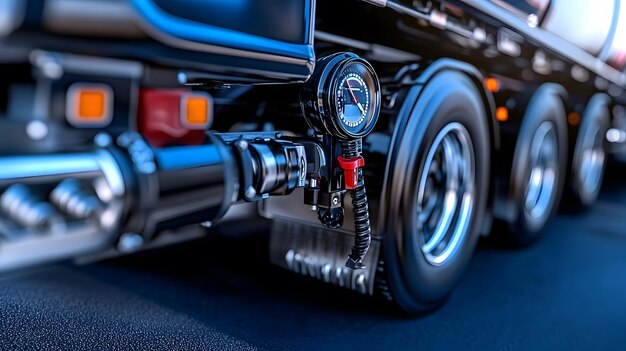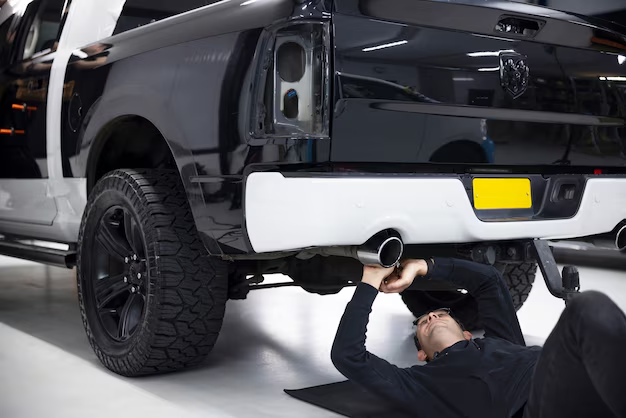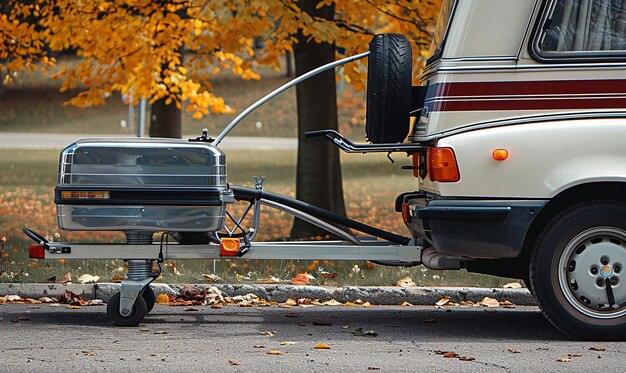Allinurl: Automotive towing Equipment Hitches Balls Regarding auto-towing machines, info on the fundamentals, Whether you intend to pull a trailer, boat, or camper, choosing the legitimate towing hitch and ball arrangement will have the entire effect. In this comprehensive guide about Allinurl: Automotive towing Equipment Hitches Balls, we’ll plunge deeply into the assortments of towing hitches, how they work, and how to pick the exact towing balls for your towing objectives.
Understanding Towing Hitches
A towing hitch is a device associated with a vehicle’s undercarriage that permits it to tow a trailer or selective masses. There are various kinds of hitches, each intended to address different burden limits and functions.
Types of Towing Hitches
Collector Hitch: The most well-known state of towing hitch is the recipient hitch, which consolidates a rectangular beneficiary cylinder. Receiver hitches are divided into lessons, with every elegance providing one in all kinds weight ratings. The higher the magnificence variety, the better the towing ability. Here’s a short breakdown:
- Class I: Up to two 000 lbs
- Class II: Up to 3,500 lbs
- Class III: Up to 5,000 lbs
- Class IV: Up to 10,000 lbs
- Class V: Over 10,000 lbs
- Fifth-Wheel Hitch A fifth-wheel hitch is installed in the truck’s dozing pad and is designed for rock-solid towing, regularly for RVs or colossal trailers. These hitches provide greater balance and energy because they sit over the truck’s rear axle.
- Gooseneck Hitch Like a fifth-wheel hitch, a gooseneck hitch is used in vehicles for towing weighty burdens, like pony trailers or assembling devices. It allows for higher manoeuvrability in tight areas.
- Pintle Hitch A pintle hitch is used for business and navy-grade towing. It’s regularly paired with a lunette ring rather than a towing ball, considering extra flexibility on choppy terrain.
Towing Balls: Choosing the Right One
It’s just as important because the hitch is the towing ball. The towing ball is the equipment that associates the trailer’s coupler to the vehicle. The right towing ball size and ability are crucial for steady and clean towing enjoyment.

Types of Towing Balls
- 1-7/8-inch Ball This is one of the smallest towing balls and is typically used for light masses like small software trailers and lightweight campers. Its towing ability is around 2,000 lbs.
- 2-Inch Ball The 2-inch towing ball is the most generally used period and is suitable for medium-sized trailers, including campers, small boats, and ATVs. It usually supports up to three 500 lbs.
- 2-five/16 Inch Ball This is a heavy-responsibility towing ball used for large trailers and systems, with towing capacities of as much as 12,000 lbs. It’s ideal for production trailers, big boats, and software trailers.
How to Match Allinurl: Automotive towing Equipment Hitches Balls
It’s essential to fit your Allinurl: Automotive towing Equipment Hitches Balls properly to ensure protection at the same time as towing. Here are some key things to keep in mind:
- Weight Limit: Consistently guarantee that the Allinurl: Automotive towing Equipment Hitches Balls can handle the trailer’s weight. The towing ball must be commonly rated for the trailer’s maximum weight, and the hitch must be manual for this weight.
- Ball Shank Diameter: The towing ball’s shank’s diameter must be the hitch receiver’s diameter. A mismatched length can cause instability and result in accidents.
- Trailer Coupler Size The trailer coupler should form snugly over the towing ball. If it’s excessively free, it can disengage even as towing; assuming it’s excessively close, it doesn’t interface well.
Installation and Maintenance Tips
Proper setup of your Allinurl: Automotive towing Equipment Hitches Balls is important for secure operation. It’s advocated to have an expert deploy the hitch, mainly in case you’re working with 5th-wheel hitches or gooseneck hitches, which require more complex setups.
Here are some preservation recommendations for your Allinurl: Automotive towing Equipment Hitches Balls:
- Regular Inspections Inspect your Allinurl: Automotive towing Equipment Hitches Balls often for any signs and symptoms of wear, rust, or harm. Over time, exposure to the factors can weaken your system.
- Lubrication: Lubricate the towing ball to save you friction, especially with most of the ball and trailer coupler. This reduces the amount of put on and ensures smoother towing.
- Tightening Bolts: Periodically check the bolts securing your Allinurl: Automotive towing Equipment Hitches Balls to ensure they stay tight.

Conclusion
Understanding and selecting the right car towing device, including Allinurl: Automotive towing Equipment Hitches Balls, is crucial for safe and green towing. Whether you are towing a small utility trailer or a large camper, choosing the right system ought to make all the distinction. Always recall your vehicle’s potential, the load of your load, and the proper Allinurl: Automotive towing Equipment Hitches Balls to ensure an easy and steady journey.
FAQs
What is the end between a fifth-wheel hitch and a gooseneck hitch?
A fifth-wheel hitch is ordinarily used to tow RVs and gives significant masses extra steadfastness. A gooseneck hitch is used for towing massive trailers and permits higher manoeuvrability.
How do I know which towing ball length to use?
The length of the towing ball you want depends on the dimensions of the trailer coupler and the load functionality. Always pick a ball that suits your trailer’s weight requirements.
Can I install a towing hitch myself?
While some hitches are easy to put in, it is recommended that a professional install fifth-wheel or gooseneck hitches, as they require extra complex setups.
What happens if I use the wrong towing ball length?
Using the incorrect towing ball size can cause dangerous towing conditions, which can include trailer detachment or instability while riding.
How regularly should I inspect my towing gadget?
It’s good practice to inspect your hitch and towing ball before each journey to make certain they’re in proper working order.

